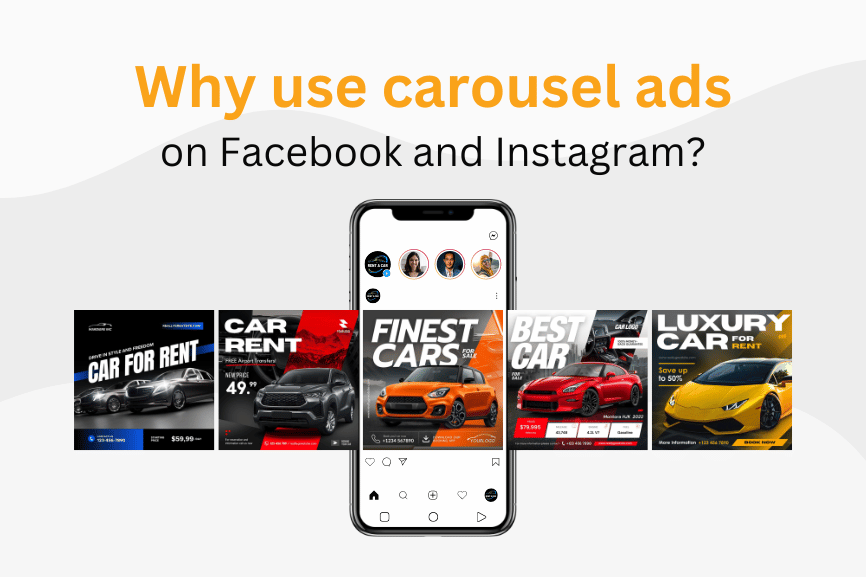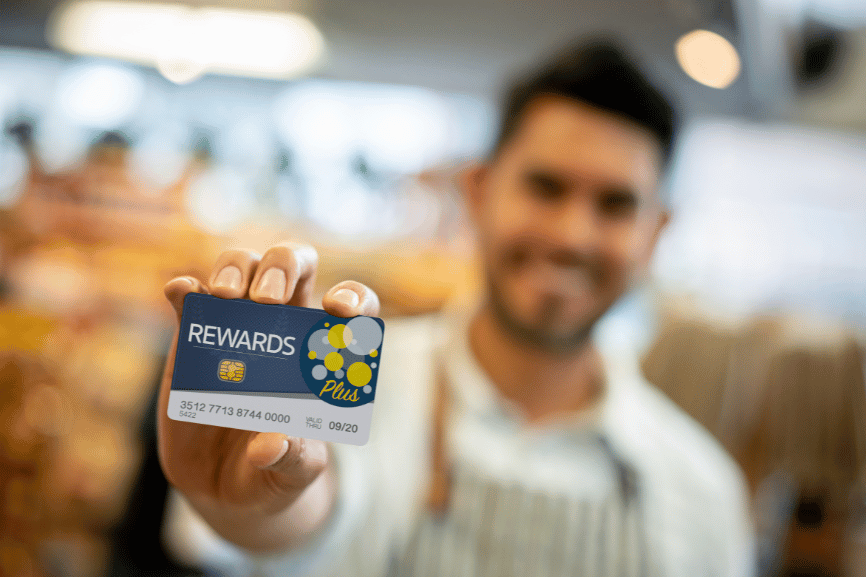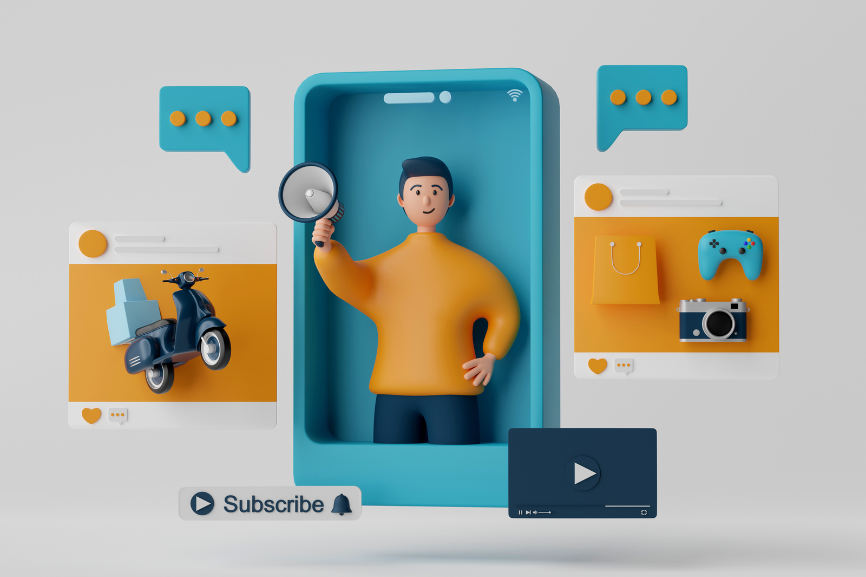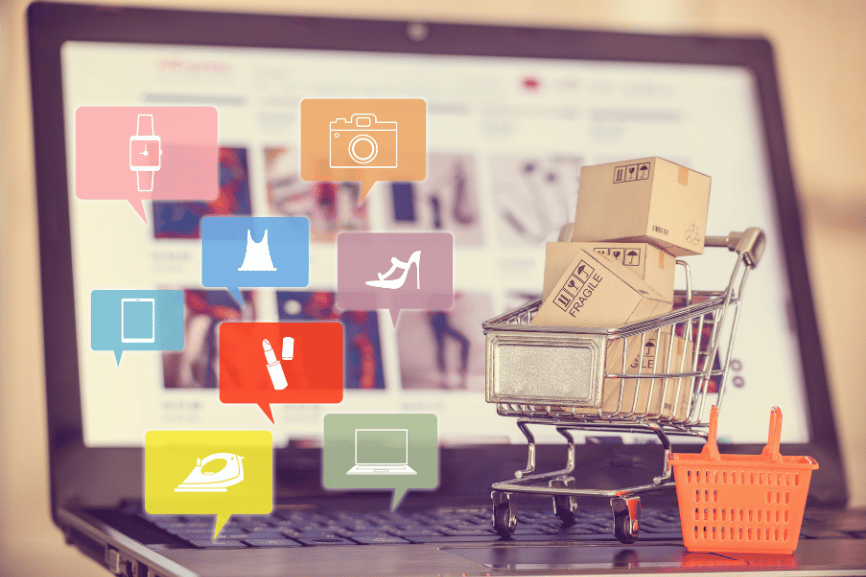Meta Ads: Mastering the Game
Struggling to see results with Facebook Ads? This comprehensive guide will transform your ads from confusing to strategic powerhouses! Here, we’ll break down everything you need to know to craft targeted campaigns that resonate with your ideal audience and achieve your marketing goals. Step 1: Setting SMART Goals for Success Before creating ads, define your goals. What do you want your Facebook Ads to achieve? Here are some examples: Drive more website traffic: Attract more visitors to your website or landing page. Generate leads: Capture contact details of potential customers interested in your product or service. Boost app downloads: Increase the number of people downloading your app. Setting SMART goals (Specific, Measurable, Achievable, Relevant, and Time-bound) ensures your targeting and messaging are laser-focused, maximizing your return on investment (ROI). Step 2: Get to Know Your Audience Imagine showing off your top-of-the-line fishing gear to people who love to bake! Targeting is key to success. Understanding your ideal customer’s demographics, interests, and online behavior allows you to create ads that resonate deeply. Demographics: Age, location, income, etc. Interests: Hobbies, passions, and preferred brands. Online Behavior: Websites they visit, online activity patterns, and purchasing habits. By understanding these factors, you can tailor your ad content and targeting to attract the right people who are most likely to convert. Step 3: Craft Winning Campaigns Based on Your Goals Facebook Ads offers a variety of campaign types that go beyond the basic “website traffic” or “conversions.” Let’s explore some options to choose the one that aligns perfectly with your goals: Brand Awareness: Focuses on getting your brand name out there and increasing brand recognition. Lead Generation: Captures contact details (emails or phone numbers) of potential customers interested in your offerings. App Installs: Drives downloads and installations of your mobile app. Step 4: Bidding Strategies Demystified – Pay Only for What Matters Don’t worry about a rigid budget! Meta Ads lets you choose how you pay for ad placements. Explore options like: Cost-per-Click (CPC): You pay each time someone clicks on your ad. Ideal for driving website traffic. Cost-per-Acquisition (CPA): You pay each time someone takes a desired action, like a purchase or signup. Ideal for lead generation and app installs. This flexible system allows you to optimize your spending based on your specific goals. Step 5: Laser-Targeted Precision – Reach the Perfect Audience Meta Ads lets you target with laser focus! Go beyond age and location. You can target based on: Interests: Hobbies, passions, and preferred brands. Behaviors: Past purchases, online activity patterns, and website visits. Life Events: Major life milestones like weddings, graduations, or new babies. This ensures your ads reach the exact audience you want, maximizing your impact and minimizing wasted ad spend. By following these steps, you can transform your Facebook Ads into powerful, strategic campaigns that deliver results. Focus on your goals, understand your audience, choose the right campaign types, utilize effective bidding strategies, and target with precision to maximize your success.
Meta Ads: Mastering the Game Read More »








